(TheBRHM.com) Like most popular or known genres of music, there have been documentaries on musicians, scenes, feuds, and the overall history of a genre. Let’s look at four must watch heavy metal and documentaries.
Get Thrashed (2006)
Directed by Rick Ernst, Get Thrashed is about the birth, rise, and current day—as of 2006—of thrash metal. Along with speed metal, thrash is a top two favorite genre of mine and Get Thrashed captured everything I love about the genre.
The documentary features some strong interviews with Katon W. DePena of Hirax, Dave Mustaine of Megadeth and formerly Metallica, Tom Angelripper of Sodom, Tom Araya of Slayer, and pretty much all members of Anthrax among many others.
It’s a stacked, interview-heavy documentary. Things just move from interview to interview as it moves from topic to topic. If you want a metal documentary that you’ll learn from without a ton of transition or exposition between topics, this is the documentary to watch on this list.
The Decline of Western Civilization II: The Metal Years (1988)
Part two of Penelope Spheeris’ trilogy about the life of youth in Los Angeles. The first two focus on punk rock and L.A.’s glam metal scene respectively while the third is about gutter punks in the late-1990s.
During the mid-1980s, there was split in the metal scene in Los Angeles that saw the majority of the thrash metal bands move to the Bay Area while glam metal/hard rock bands built their scene in L.A.
Once we reach the late 80s, we find that several of the major bands out of the L.A. glam scene are still performing but all of them are dealing with members addicted to drugs and alcohol.
Some of the scenes that stick with me from the documentary includes the “de-metal-ing” explanation from Probation Bureau Chief of the LAPD Darlyne Pettiniccho and Chris Holmes of W.A.S.P drinking booze in the pool while his mother sits and watches.
While some stuff was fabricated to paint some interviewees look bad—and the film really did a job on the L.A. metal scene of the time—there are some scenes that really make you go “Wow, these guys have no restraint!”
The Decline of Western Civilization II is basically everything we’ve seen and read about 80s excess—the booze, sex, drugs, and rock n roll—in one film. Where the film tops a lot of the media about 80s excess is that it takes place in that time when many of these musicians were at their peak.
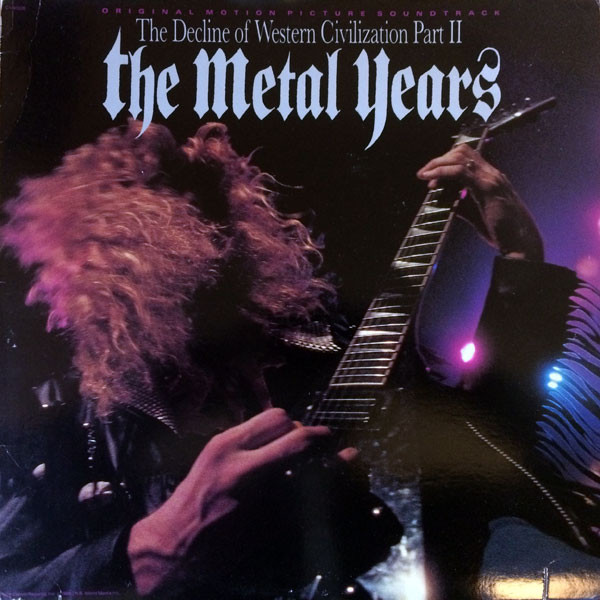
Anvil: The Story of Anvil (2008)
Hailing from Toronto, Anvil are a heavy metal/speed metal band that got its start in the late-1970s before taking its current name in 1981. I’d liken Anvil to a Canadian version of Motorhead in that they are a good band musically and extremely consistent from album to album.
They have a formula that works for them and their fans—only Anvil lacks the popularity and level of respect that Motorhead gained over the years. There are parallels with Anvil, Riot, Raven, and other bands that either never broke out of cult-level fame or they flirted with national fame for a short period before things started to fade for metal in the late-80s and early-90s.
Anvil: The Story of Anvil basically goes into how the band started and how they haven’t made it as a major band after over 25 years. There is an underlying storyline that the band was riding towards breaking up, so the tour takes place in the documentary is kind of seen as a make-or-break deal.
Of the documentaries, this one has will have you pulling for the stars. I wanted Anvil to succeed on this tour even while they were racking up setback after setback.
Until the Light Takes Us (2009)
There aren’t a ton of documentaries on the Norwegian black metal scene from the early 1990s. Until the Light Takes Us does into the formation of a few notable bands, the church burnings caused by members of the scene, and the murders that came out of the bands involved.
All of the bands involved were either members of the Black Circle based out of the Helvete record store or were associated with those core members. Included are Burzum, Darkthrone, Immortal, Mayhem, Satyricon, Thorns, and Emperor.
The film features interviews with members of different Black Circle-aligned bands as well as bands and musicians who were friends these guys in the scene such as Darkthrone and Immortal.
On that note, some of the most interesting parts of the film are about the aftermath of all crimes and chaos done by the Black Circle. How did these musicians move on? Are the bands still around? Have any of the people involved with this in their teens and early twenties matured from that period?
Seeing the duo of Darkthrone discuss their lives now—as of 2009—and talk about the events that changed the black metal scene was the gold-star part of the movie for me. These musicians made some of the darkest, bleakest, aggressive music in rock history but in reality, some of these guys are Average Joes in their daily lives. I loved seeing both sides of the coin for specific interviewees.
Staff Writer; M. Swift
This talented writer is also a podcast host, and comic book fan who loves all things old school. One may also find him on Twitter at; metalswift.


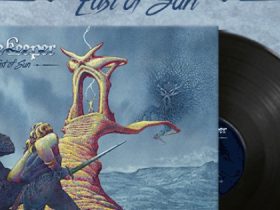








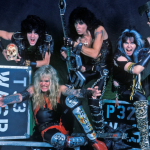

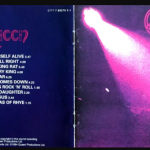
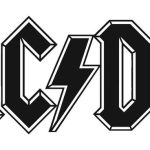
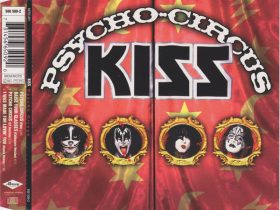

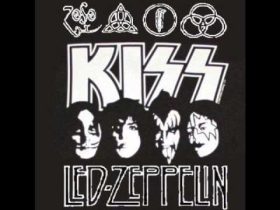
Leave a Reply